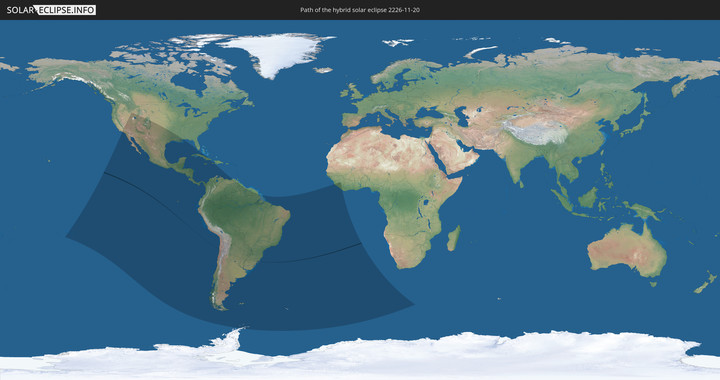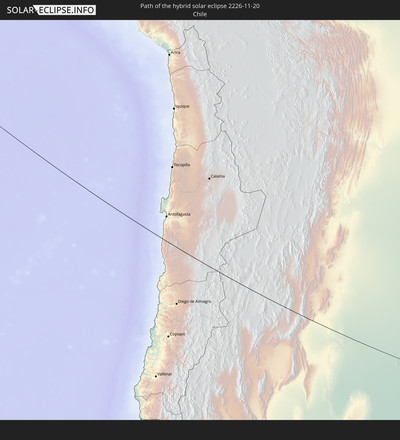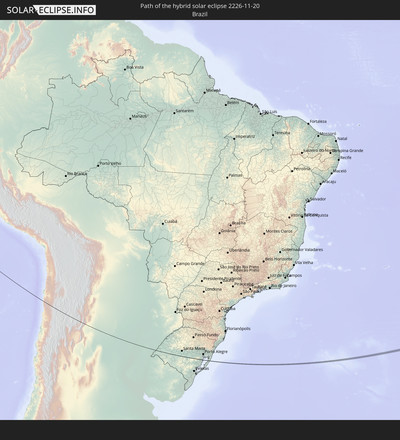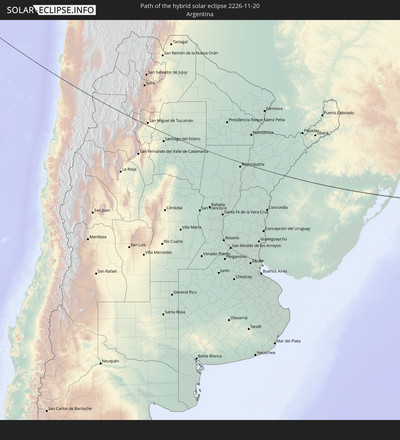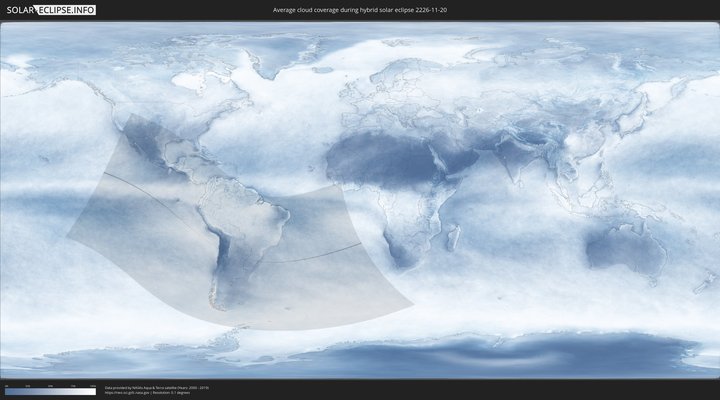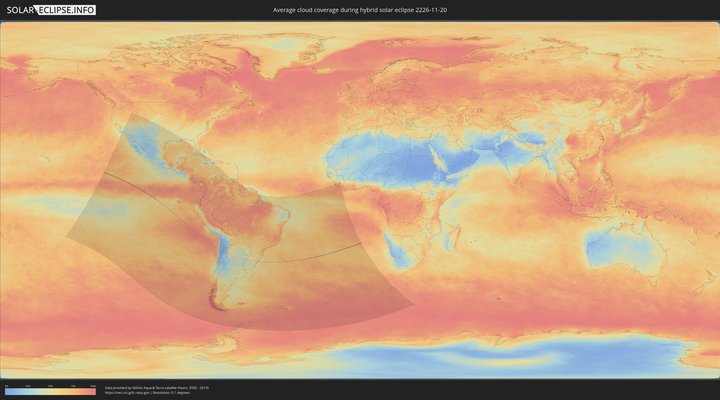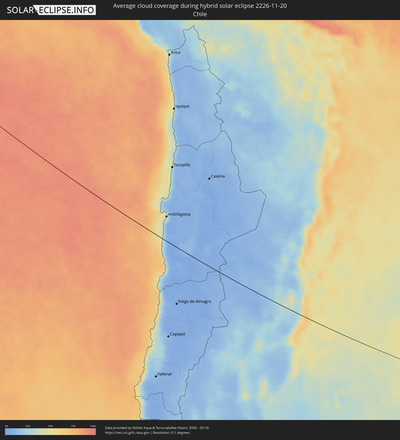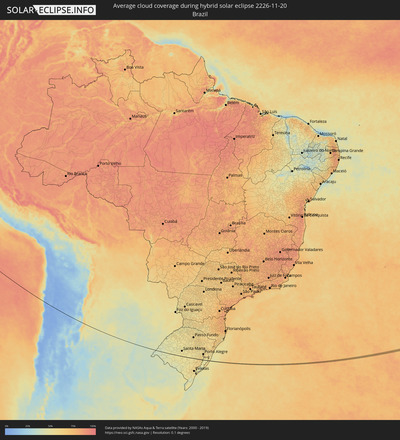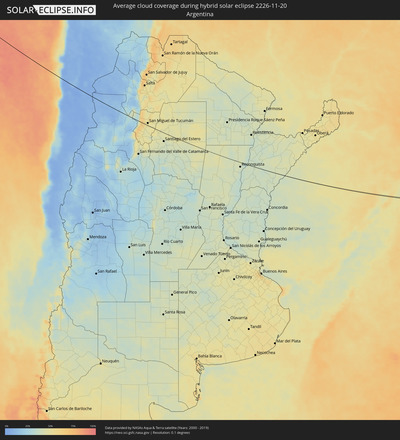Hybrid solar eclipse of 11/20/2226
| Day of week: | Monday |
| Maximum duration of eclipse: | 00m03s |
| Maximum width of eclipse path: | 2 km |
| Saros cycle: | 146 |
| Coverage: | 100% |
| Magnitude: | 1.0005 |
| Gamma: | -0.0711 |
Wo kann man die Sonnenfinsternis vom 11/20/2226 sehen?
Die Sonnenfinsternis am 11/20/2226 kann man in 40 Ländern als partielle Sonnenfinsternis beobachten.
Der Finsternispfad verläuft durch 3 Länder. Nur in diesen Ländern ist sie als hybrid Sonnenfinsternis zu sehen.
In den folgenden Ländern ist die Sonnenfinsternis hybrid zu sehen
In den folgenden Ländern ist die Sonnenfinsternis partiell zu sehen
 Antarctica
Antarctica
 United States
United States
 United States Minor Outlying Islands
United States Minor Outlying Islands
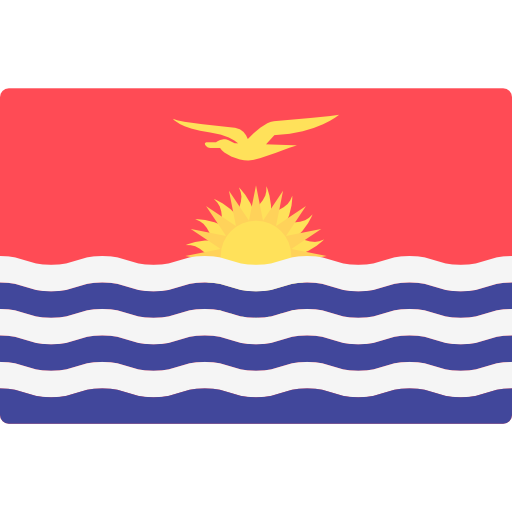 Kiribati
Kiribati
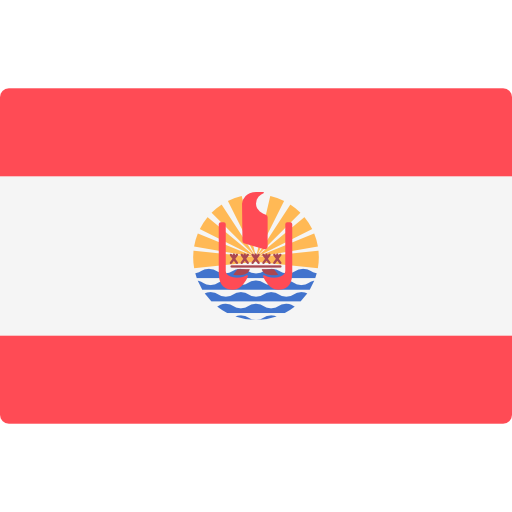 French Polynesia
French Polynesia
 Pitcairn Islands
Pitcairn Islands
 Mexico
Mexico
 Chile
Chile
 Guatemala
Guatemala
 Ecuador
Ecuador
 El Salvador
El Salvador
 Honduras
Honduras
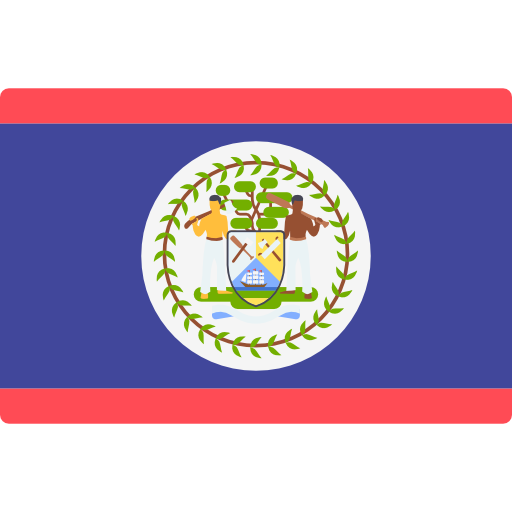 Belize
Belize
 Nicaragua
Nicaragua
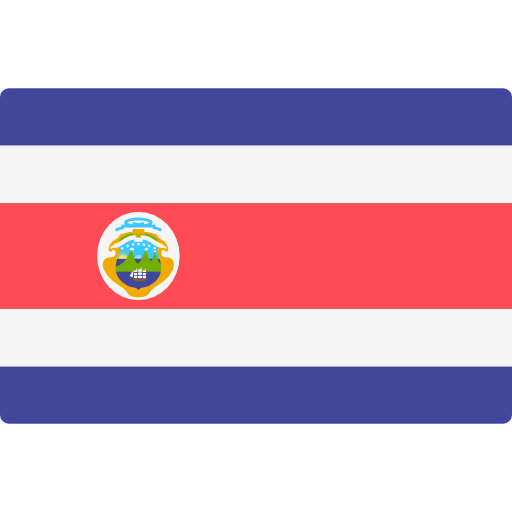 Costa Rica
Costa Rica
 Cuba
Cuba
 Panama
Panama
 Colombia
Colombia
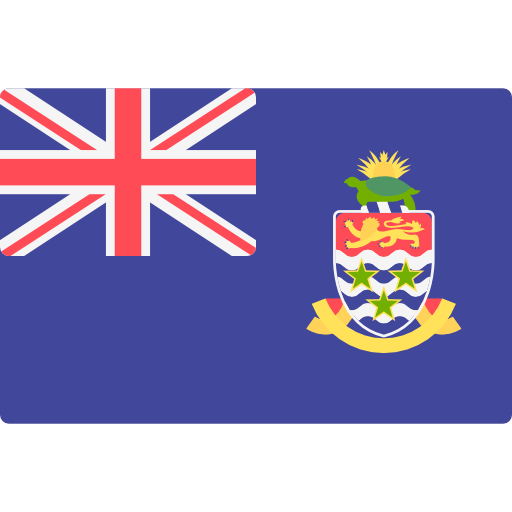 Cayman Islands
Cayman Islands
 Peru
Peru
 The Bahamas
The Bahamas
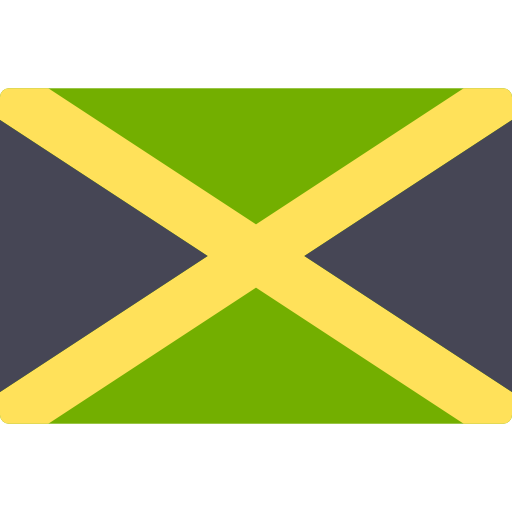 Jamaica
Jamaica
 Haiti
Haiti
 Brazil
Brazil
 Argentina
Argentina
 Venezuela
Venezuela
 Aruba
Aruba
 Bolivia
Bolivia
 Paraguay
Paraguay
 Falkland Islands
Falkland Islands
 Guyana
Guyana
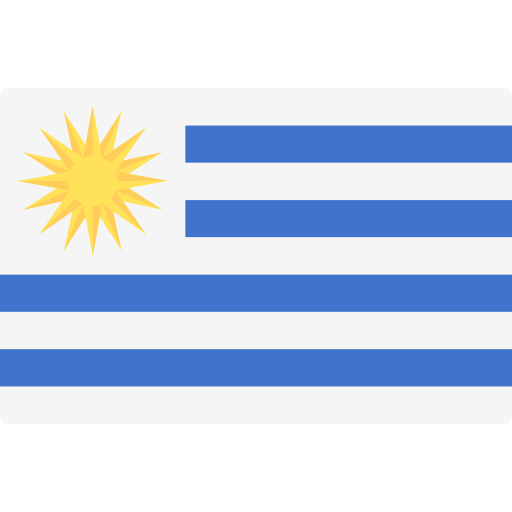 Uruguay
Uruguay
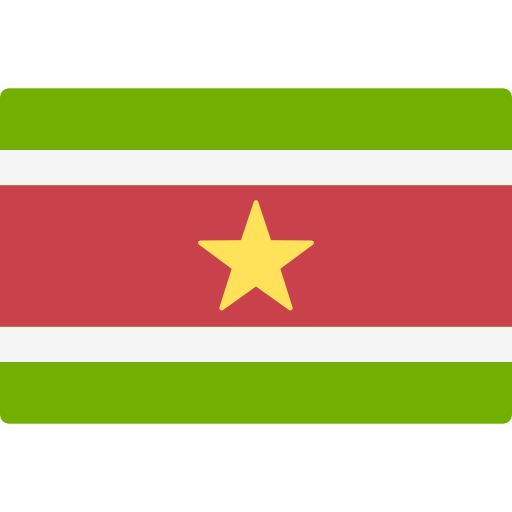 Suriname
Suriname
 French Guiana
French Guiana
 South Georgia and the South Sandwich Islands
South Georgia and the South Sandwich Islands
 Guinea
Guinea
 Saint Helena, Ascension and Tristan da Cunha
Saint Helena, Ascension and Tristan da Cunha
 Sierra Leone
Sierra Leone
 Liberia
Liberia
 Bouvet Island
Bouvet Island
How will be the weather during the hybrid solar eclipse on 11/20/2226?
Where is the best place to see the hybrid solar eclipse of 11/20/2226?
The following maps show the average cloud coverage for the day of the hybrid solar eclipse.
With the help of these maps, it is possible to find the place along the eclipse path, which has the best
chance of a cloudless sky.
Nevertheless, you should consider local circumstances and inform about the weather of your chosen
observation site.
The data is provided by NASAs satellites
AQUA and TERRA.
The cloud maps are averaged over a period of 19 years (2000 - 2019).
